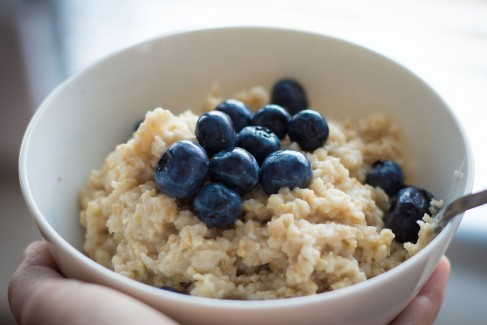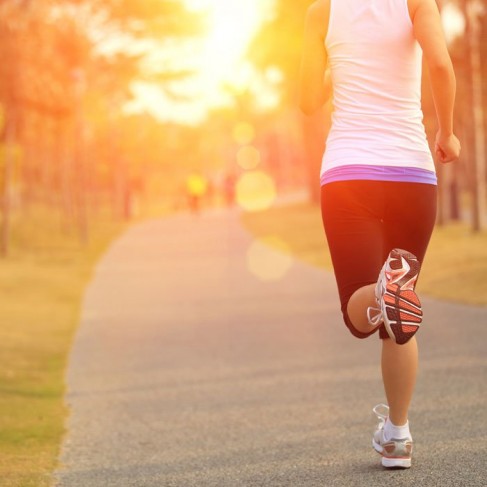Pumped Up Your Kicks with Hoka One One’s Clifton Two
Hoka One One originated in France in 2009 and was co-founded by two ultra distance runners who wanted shoes that would allow them to run farther longer. In 2010 these trail, road and hiking shoes landed in the U.S. market and have now made their way to Canada. And while these kicks might looked a bit too comfy to be taken seriously, Christa Davidson shares her discovery.
By: Christa Davidson
The Look
When I first started noticing Hoka’s about a year and a half ago, they looked like big bulky space shoes to me. This was partly because the shoe market was flooded with sleeker, smaller shoes with less midsole and so seeing something so different seemed alien. Not knowing much at the time I thought they were a fad but am I ever happy I’ve tried these. For a long time I believed that soft, cushiony shoes were a bad thing, while they might not be the right thing for everyone, I’ve definitely learned this wasn’t the case. While I tried out a subtle blue and neon yellow colour combo the shoe is available in several other flashy colour combinations for anyone who loves a bolder look.
The Feel
When I initially put the Clifton 2’s on my feet, the first thing I thought was, “that’s a lot of shoe”, the second thing that came to mind very quickly was “so light for so much shoe”. As I ran on the roads and the treadmill, I continued to be wooed by the soft, easy, fluffy landing the shoes were serving. I was reminded of my original impression of these shoes looking like lunar footwear and was pleased to be wrong about any heavy, bulky characteristics that you would expect from space wear. The Clifton’s are light, responsive, quick and comfortable.
The Tech
A neutral shoe, the latest version of the Clifton has a few updates. First, a softer, padded tongue for increased comfort across the top of the foot. There are improvements to the midfoot support in the form of structural overlays. The shoe weighs in at 7.2oz/203gms and has a 5mm offset from heel to toe with the heel stack height measuring 28mm. Its ride and responsiveness is aided by a Meta-rocker design which works to propel and move you forward through your gait. Hoka describes this as their lightest, fastest shoe and markets it to road runners of all speeds and distances. You can find the Clifton at the Running Room and most other specialty running stores across Canada, as well as at Mountain Equipment Co-op locations. The retail cost of this shoe is $169.
The Final Kick
There are plenty of great neutral, cushioned road shoes, and the Clifton 2 is one that’s definitely worth a try. For heel strikers in particular, this just might be your perfect ride. Even better? Hoka makes it risk free to try their shoes, in that they offer a 30 day trial with a no risk return policy if you don’t love them. I ran relaxed, comfortable kilometers in this shoe, as well as a tempo run and had none of my typical Achilles or heel complaints the days following. Sometimes a change in thinking is good for us. If less shoe is doing you no favours, I urge to give a bit more of a shoe a try. You never know until you try.















 Our Magazine
Our Magazine
